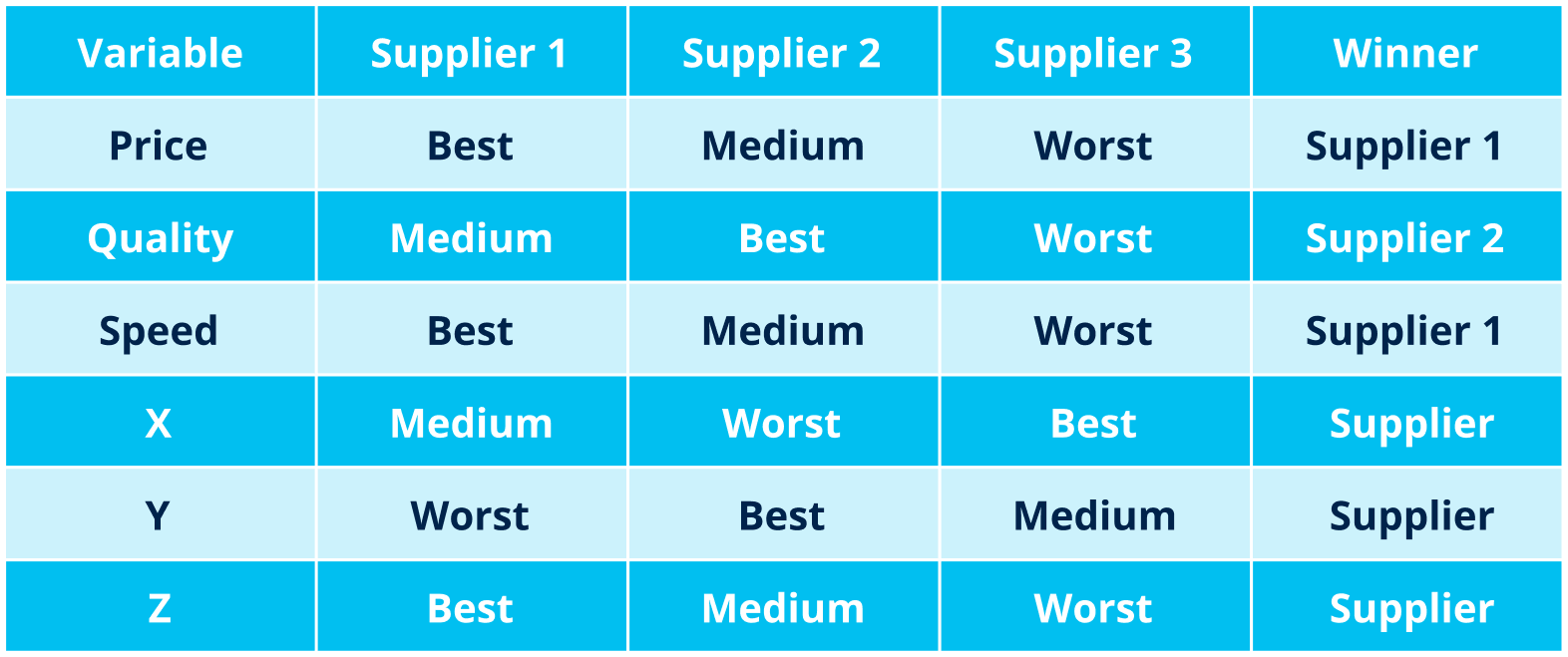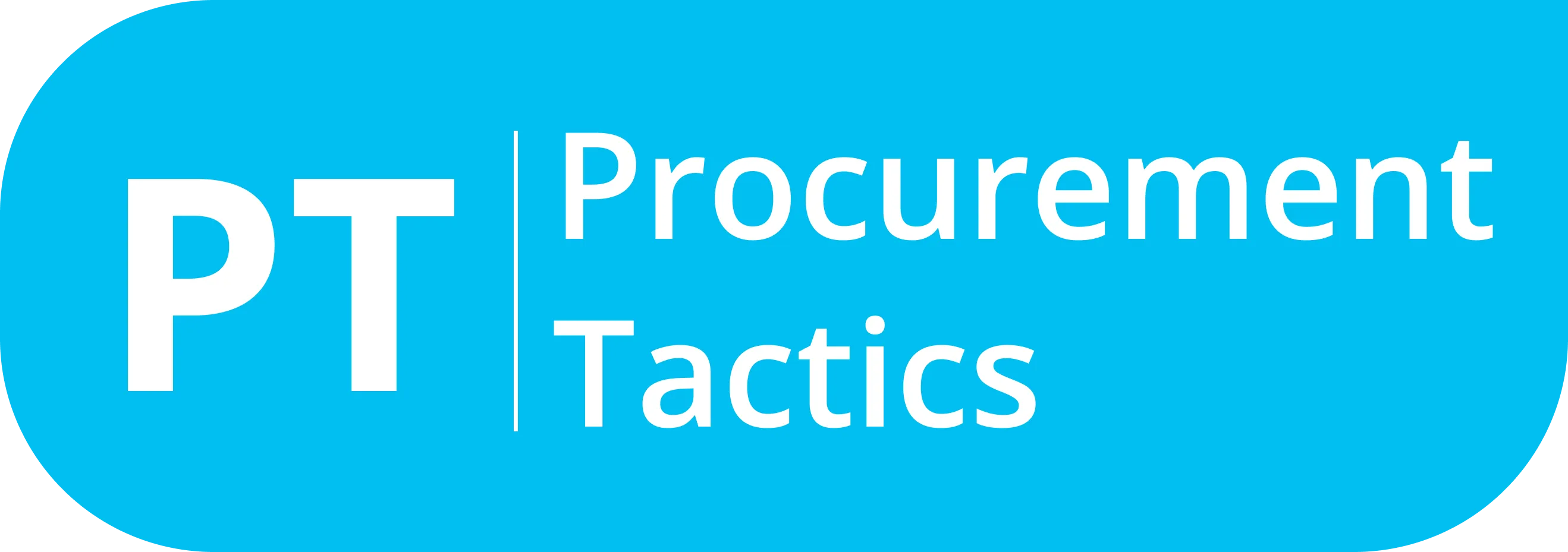Written by Marijn Overvest | Reviewed by Sjoerd Goedhart | Fact Checked by Ruud Emonds | Our editorial policy
Purchasing Request — Process Explained
Table of contents
What is a Purchasing Request?
- A purchasing request is a simple document that employees or departments use to ask for availability and buy needed goods or services.
- After approval, the purchase request alerts the business to department needs and kicks off the buying process.
- This process involves submitting, screening, reviewing, and finally creating purchase orders for the materials requested. Each step ensures that only necessary and approved purchases move forward, helping the business manage resources effectively.
What is a Purchase Request?
A Purchase Request is an internal document created by an employee or department to formally initiate the process of procuring goods or services. It serves as a preliminary step where the requester outlines what is needed—such as office supplies, equipment, raw materials, or services—and provides essential details including:
- Product Description and Quantity: Specifies what is being requested and in what amount.
- Vendor/Supplier Information: Identifies the potential provider of the goods or services.
- Price: Provides an estimate of the cost.
- Purchaser’s Details: Indicates the name and department of the person making the request.
This document does not represent an immediate purchase. Instead, it signals the need for internal approval before any order is placed, enabling managers to monitor expenses and ensure purchases are necessary and within budget.
Purchasing Request Process
Efficient procurement is key to keeping any organization running smoothly. The purchasing request process acts as a vital link between identifying departmental needs and acquiring the necessary goods or services. Below is a detailed breakdown of the key steps involved in this workflow:

1. Submission of the Purchase Request
When an employee identifies a need within their department, they create a purchase request by filling out a form with the required details. It’s the employee’s responsibility to ensure that all the information is accurate before submitting the request for verification.
2. Screening of the Request
Once submitted, the purchasing officer receives an alert to review the request. At this stage, the officer may add any missing details if the request is incomplete or return it to the requester for clarification. If everything is in order, the request is forwarded to a manager for further approval.
3. Review of the Request
In many organizations, the department manager reviews the purchase request to ensure that the purchase does not exceed the department’s spending limit. If approved, the request is then sent to the finance team for the generation of a purchase order. If the request is rejected, it is returned to the requester with comments explaining the reasons for the rejection.
4. Order Fulfillment and Tracking
After the purchase order is generated, it’s important to monitor the order’s progress. This step involves tracking delivery timelines, verifying that the received items meet the specified requirements, and addressing any discrepancies. A final review or feedback loop at this stage helps improve future purchasing processes.
This comprehensive process not only helps maintain transparency and control costs, but also ensures that all purchases align with the departmental budget and the organization’s operational needs.
Pro Tip: After order fulfillment, always document key takeaways—such as supplier reliability and delivery speed—to refine future purchasing requests and improve procurement efficiency.
⭢ Want to master the full purchasing cycle and grow your procurement career? Explore our Junior Procurement Management Course.
Purchase Request Template
A purchase request template is a document used within organizations to formally request the procurement of goods or services. It serves as an internal approval tool that helps track spending, ensure budget compliance, and maintain transparency in the purchasing process.
The template typically includes details such as the requestor’s information, item description, estimated cost, justification for purchase, and required approvals.
By streamlining purchase requests, this document helps organizations manage procurement efficiently, prevent unnecessary expenses, and ensure that all purchases align with business needs and policies.
Below, you can see an example of a Purchase Request Template that simplifies and speeds up the purchasing process by providing an overview of all necessary information for approval and execution. By adding detailed information about the product/service, responsible parties, and deadlines, this template enables efficient communication and transparency throughout the procurement process.

Why Do Organizations Need Purchasing Orders?
In today’s business environment, the need for efficient procurement processes has become increasingly crucial. One fundamental tool that aids organizations in achieving this efficiency is the implementation of purchasing orders. Here are key reasons why organizations find purchasing orders indispensable:
1. Helps establish a clear procurement process
The group’s organization can streamline its pipeline by redirecting permission to purchase to a common manager.
The process is easier to manage when there are clear rules for who can purchase what and when.
2. Assists in detecting and preventing fraud in the organization
An organization that has a lot of steps involved in its procurement process can easily check if there is procurement fraud. The additional steps can filter or check if there is any discrepancy with all the documents being processed.
3. Gives finance more direct control over purchasing
When someone outside your department needs to purchase something, they will need to fill out the purchase request.
After filling it up, they must submit it to the head of purchases. In this way, the same department can see every purchase the organization makes.
What is a Purchasing Requisition Form?
A purchasing requisition form is an internal document used by the employees to buy the needed materials or services on behalf of the company. The materials and services acquired may be for business operations, manufacturing inputs, or for inventory.
Additionally, the purchasing requisition form is submitted to the purchasing department for approval to make an effective way of audit for purchasing.
Once the purchasing requisition is approved by the purchasing department, the purchase order will be issued to the supplier of the requested materials or services.
What should be included in a Purchasing Request?
A purchasing requisition form is a document used by the employees of the firm to purchase materials or services on behalf of the company. However, you do not just write anything on it. It has specific details that you need to fill such as the following:
- The requester’s name or department
- Supplier’s name
- Date of request
- Requester’s address or location
- The purchasing requisition number
- The reason for the purchase
- Item description and quantity
- The delivery date of the items
- The estimated price of the purchases
Difference Between Purchasing Request and a Purchasing Order
Many people who newly encounter these two are confused about their differences. The main difference between a purchasing request and a purchasing order is how it is used.
A purchasing request, when approved, becomes a purchasing order. The table below shows more of their differences between each other:
Purchasing Request vs. Purchasing Order
Comparing Proposals
Comparing proposals allows you to know what proposal is better among the suppliers who submitted their bids. Learning how to compare proposals takes a lot of time and experience. However, learning it will enable you to get the best deal on every negotiation.
In comparing your proposals, you must come up with your BATNA first. The main point of BATNA is that you have other alternatives when some things do not go as planned.
For example, if one supplier has the materials that you need for your company but the prices seem too high, then your BATNA will be another supplier that offers the same materials that you need which cost less.

We, the team of procurement tactics, have created a template that shows how you can compare proposals effectively by using the variables. Check our article compare proposal to further discuss the variables that will help you to compare proposals, ensuring you have the best possible outcome for every deal you make.
Conclusion
When certain purchases of goods and services arise employees need internal permission which is what the Purchase Request is.
The Purchase Request has to go through a process to ensure that it is reasonable and feasible.
Every part of a business process is important and that goes for Purchase Requests as well.
No matter how minuscule it may seem it is important and should be treated with importance since it reflects an organization’s transparency and internal comunication.
Frequentlyasked questions
What is a purchasing request?
A purchasing request is a document that details the required items that a specific department needs. This is done to sustain the daily operation of each department of an organization.
What are the common details in a purchasing request?
The common detail in a purchasing request is the description of the product or service that is being requested. In addition, it also includes the quantity of the product, preferred vendor, price, and name of the requester.
What is the difference between the purchasing request and purchasing order?
A purchasing request is a request for the purchase of the needed goods or services of a specific department. Purchasing order, on the other hand, is the confirmation of the order.
About the author
My name is Marijn Overvest, I’m the founder of Procurement Tactics. I have a deep passion for procurement, and I’ve upskilled over 200 procurement teams from all over the world. When I’m not working, I love running and cycling.





